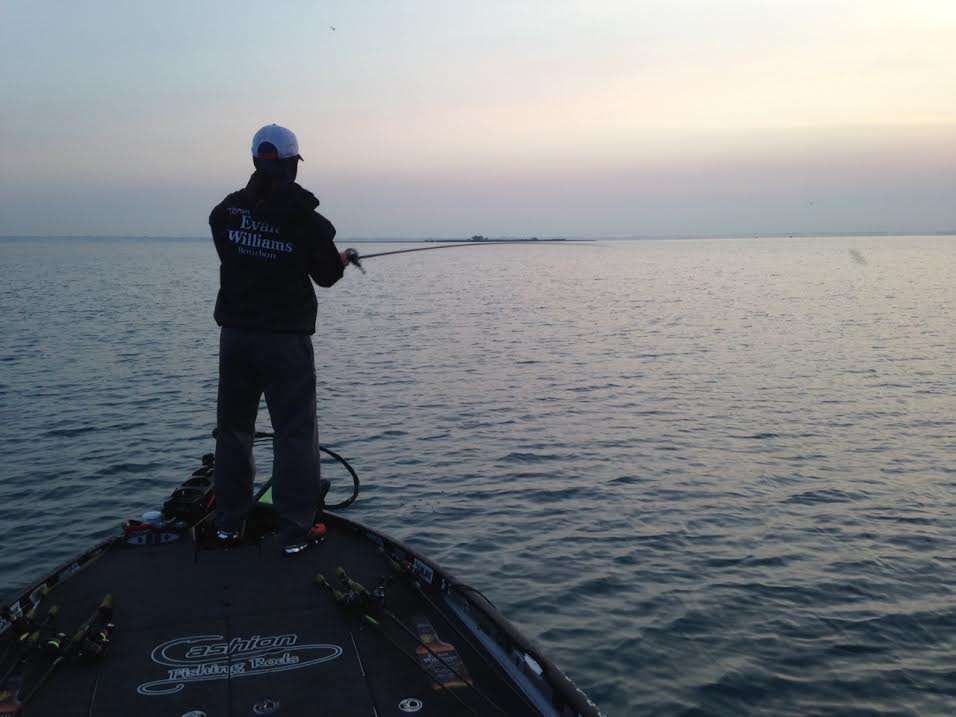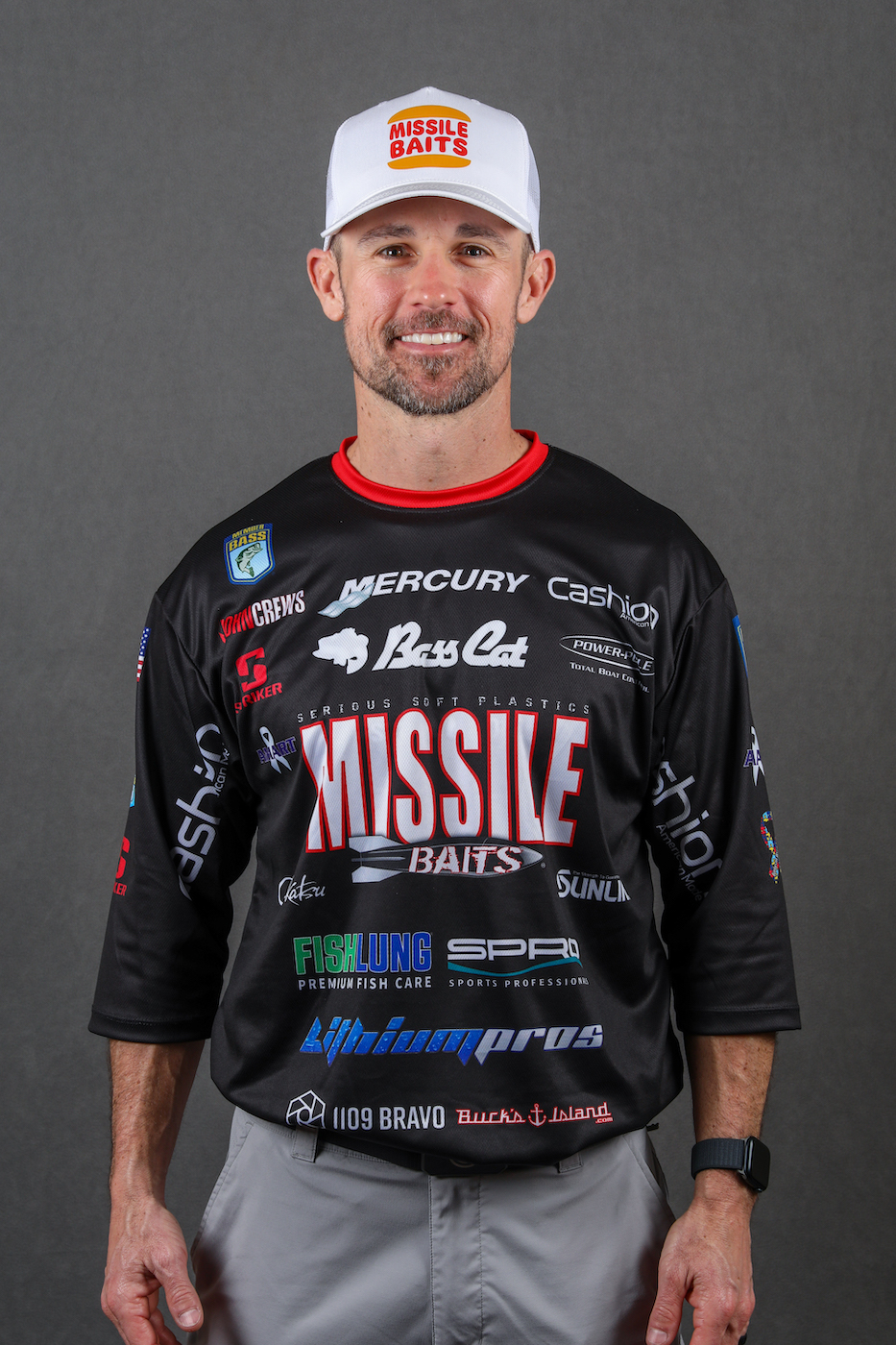
Big plastics have been gaining in popularity for some time. The reason for that is simple. They catch bass, big ones and little ones.
My idea of a big plastic bait is something between 7 and 12 inches long. I’m not talking about the super-sized ones that are popular in just a few places. Worms that are 24 inches long and lizards that are 18 inches long will catch giant bass, but this article is not the place to talk about them.
I find myself fishing with these bigger baits more and more. They’ll work just about anywhere. They’re small enough to look good to an average size bass, but they’re big enough to interest a big one, especially ones over 5 pounds.
My favorite and most productive place to fish them in the spring is anywhere the bass move up to spawn. After that I like to cast them to isolated thick cover that’s close to deep water.
Just why they work so well is something of a mystery. There are several theories about it. My thought is that they look like something to eat, and at the same time, they’re big enough to look like they’re invading a bass’ home territory. They look like something that needs to be attacked and defeated, if not eaten. Remember bass are bullies!
It seems like they work especially well during the spawn and then again in the summer and fall. I haven’t had much success with them during the immediate postspawn or during the winter. But, you might have different results. There are no hard and fast rules in this business.
The spawn is obvious to me. No bass wants a nasty looking creature in its nest. Regardless of what the lure looks like or what color it is it looks like something that could eat the eggs without breaking a sweat. Any bass will protect its eggs or fry from that kind of a threat.
They work in the summer and fall, I think, because by then most of the forage in any lake or river will have grown from the tiny stage to something close to full-grown. Bream, shad, alewives and crayfish have all reached something close to maturity. Bigger baits look natural at this time of the year.
Those two things were the idea behind our Missile Baits D Stroyer. It’s big at 7 inches in length, and it’s bulky but with great action. I designed it to create an imposing presence that bass couldn’t ignore regardless of whether they were feeding or just defending their space.
To be fair, however, there are some other good big creature baits around, and there are some pretty good plastic lizards and swimbaits, too. Be careful with big soft plastics, however. Some of them are good, but a lot of them don’t have very good action. Buy them one pack at a time until you find something that works for you.
My experience with color is that the darker hues are the best. During the spawn I like Green Pumpkin Flash. It’s a kind of brownish green with hologram flakes in it. For the rest of the year my first choice is Bruiser or Bruiser Flash. They are variations of black and blue.
Whenever I’m casting a big plastic I use an EWG style hook. The extra gap helps me get a hookset through all that plastic. However, if you’re fishing close to the boat I recommend a straight shank hook like the 5/0 Gamakatsu Heavy Cover Worm hook. You just have to make sure the bait is not so thick that the hook will be impeded.
Heavier tackle is a must. My typical setup is a Cashion 7 foot, 6 inch heavy action flipping stick and my line will be 22- or 25-pound-test Sunline Shooter Fluorocarbon. A sturdy high speed reel tops off my outfit.
Big plastics don’t scare bass, and they shouldn’t scare you.

